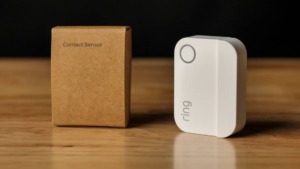Japan’s service robot market set to triple in five years
Japan’s service robot market is expected to triple by 2030 as businesses turn to automation to tackle labour shortages and an ageing population.

With an ageing population and a growing labour shortage, Japan is turning to service robots to help keep businesses running. Companies nationwide increasingly use robots to assist with daily tasks, reducing the strain on human workers.
According to research firm Fuji Keizai, Japan’s service robot market is expected to nearly triple by 2030, reaching ¥400 billion (US$2.7 billion). A major workforce gap drives the demand for automation—Recruit Works Institute predicts Japan will face a labour shortfall of 11 million by 2040. At the same time, a government-backed study estimates that by 2065, nearly 40% of the country’s population will be aged 65 or older.
Robots taking on everyday tasks
One example of how robots are filling this gap can be seen at Skylark, Japan’s largest table service restaurant chain. The company has deployed around 3,000 cat-eared robots to deliver food to customers. These robotic assistants help employees manage busy shifts while keeping service efficient.
At a Skylark restaurant in Tokyo, 71-year-old employee Yasuko Tagawa shared her experience working alongside these machines. She estimated that half of her job now involves some form of robotic assistance. In a moment highlighting how seamlessly robots integrate into daily life, Tagawa even spoke to one of them, saying, “Thanks for your hard work. I’ll be counting on you.”
The future of automation in Japan
As Japan faces ongoing workforce challenges, using robots in service industries is expected to grow. Businesses increasingly rely on technology, from restaurants to hotels and even healthcare, to bridge the labour gap.
Service robots already play a crucial role in daily operations, and their presence is set to become even more common in the coming years. As the market expands, Japan continues to lead the way in integrating robotics into everyday life.













